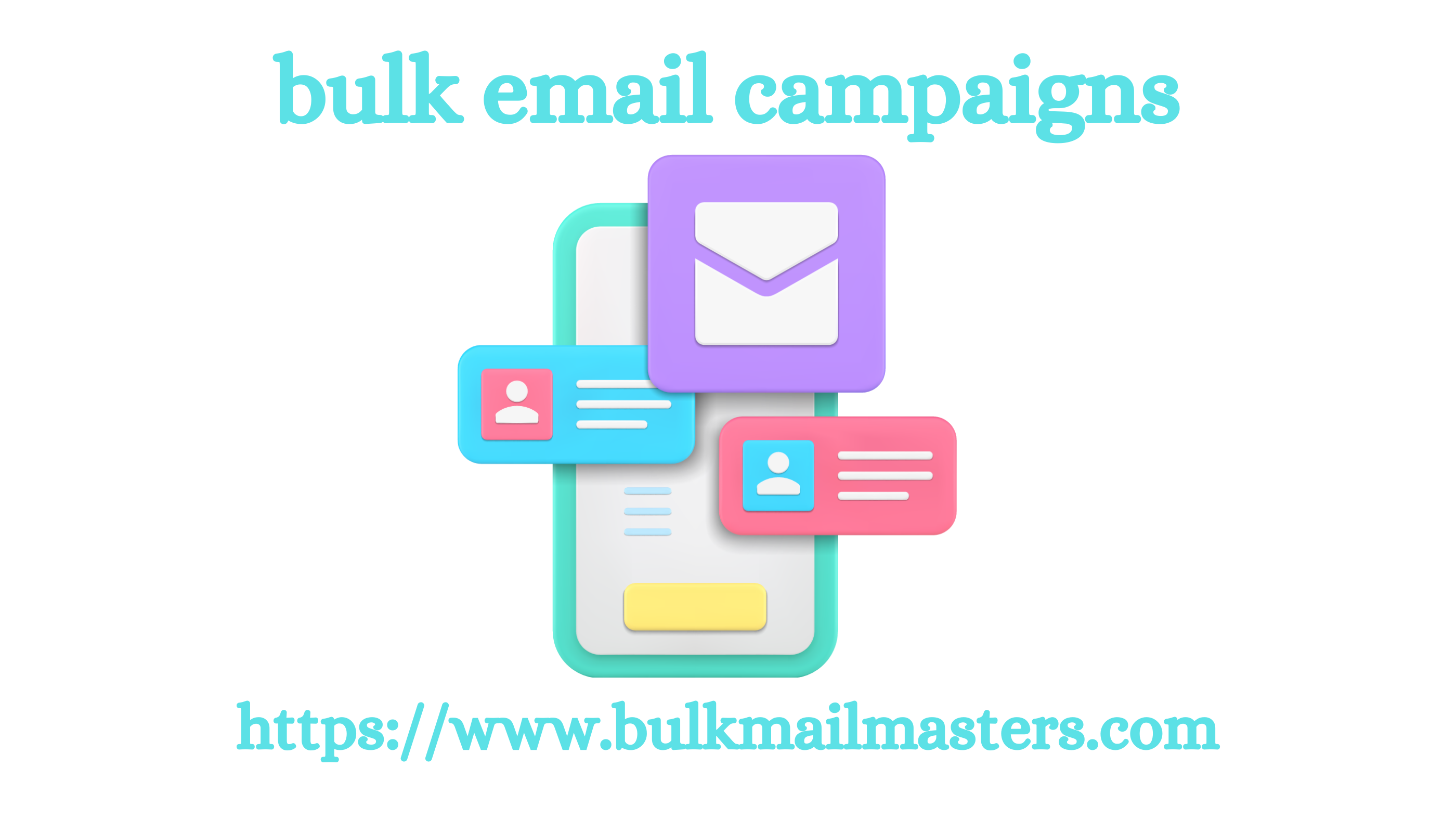|
|
Creating a website for a publishing house is a complex and multifaceted process that requires a thoughtful approach to design, functionality, and content. A publishing house in the online space should not only present its books, but also interact with readers, authors, and partners. In this article, we will look at the main steps in creating a website for a publishing house, including planning, platform selection, content structure, and optimization. Find out the cost of developing a turnkey website Planning and analysis Before you begin developing a website, it is important to conduct a thorough analysis of the current needs of the publishing house and determine the goals that the website should achieve.
Define your target audience. Who will visit the site? These could bulk email campaigns be readers, authors, libraries, stores, or distributors. For each user group, separate sections or functionality should be considered. Identify key goals. Why does a publishing house need a website? It could be selling books, promoting new authors, informing about events, publishing news, or blogging. Research your competitors. Visit other publishers' websites and pay attention to their structure and features. This will help you understand what you can borrow and what solutions are best avoided. Choosing a platform for creating a website The next step is choosing a platform to create a website.

There are several options, each with its own advantages and disadvantages. CMS (Content Management System). The choice of CMS depends on the budget and the level of technical skills of the team. For a publishing house, Bitrix can be an excellent solution due to the large number of plugins for working with book catalogs and blogs. In-house development. If the publishing house has a budget and a need for unique functionality, it is possible to consider the option of creating a website from scratch. This will provide maximum flexibility in implementing the intended functions, but will require time and resources to support and update the website. Platforms for e-books. If the main task of the site is to sell e-books, then specialized platforms can be used.
They provide ready-made solutions for e-commerce with the ability to integrate a book catalog and a payment system. Website design and structure The website design should reflect the philosophy and style of the publishing house. It should be intuitive and convenient for all users, regardless of their experience on the Internet. Home page. This is the business card of the site. Here it is important to briefly and vividly present key information about books, new releases and promotions. On the home page you can place a slider with book covers, publishing news and sections for different genres. Book catalog.
|
|